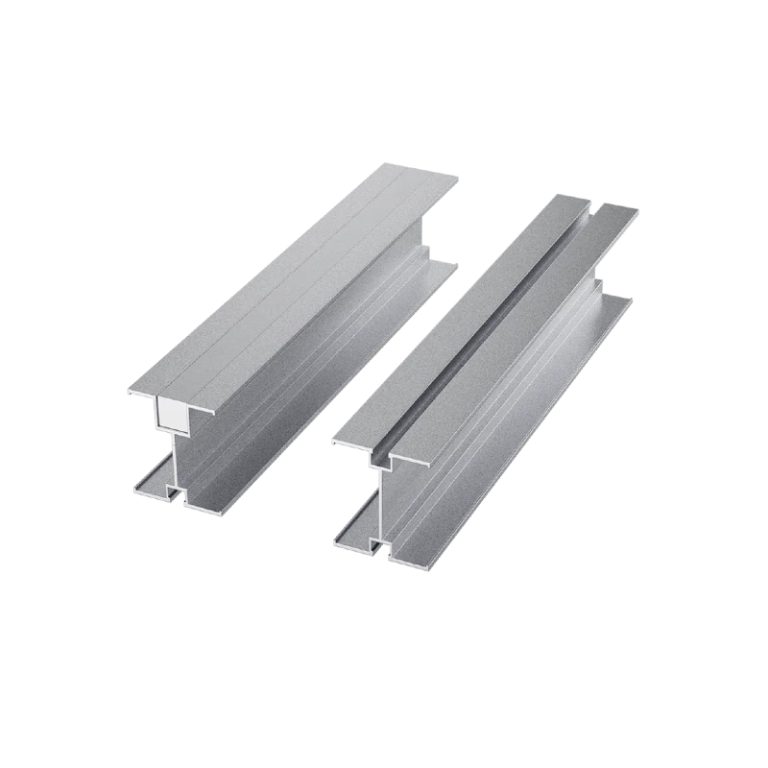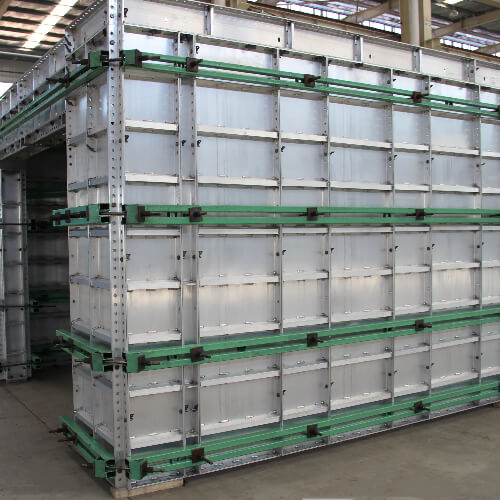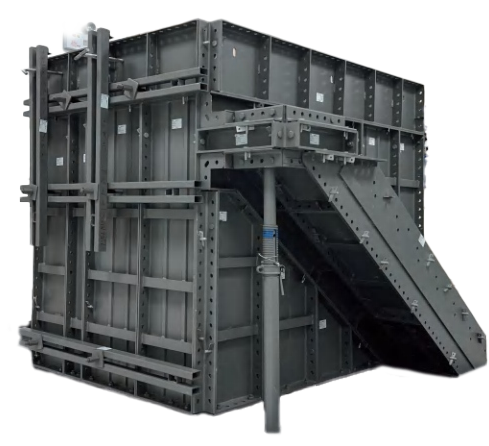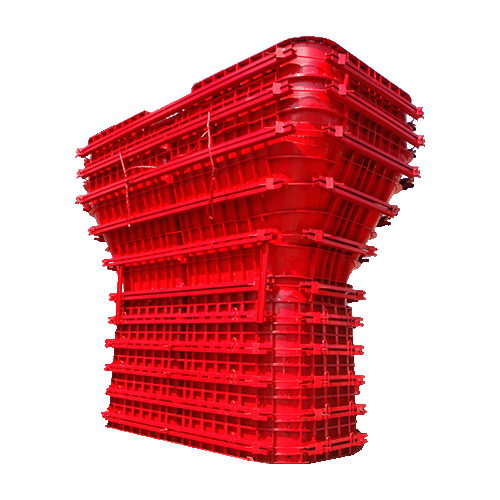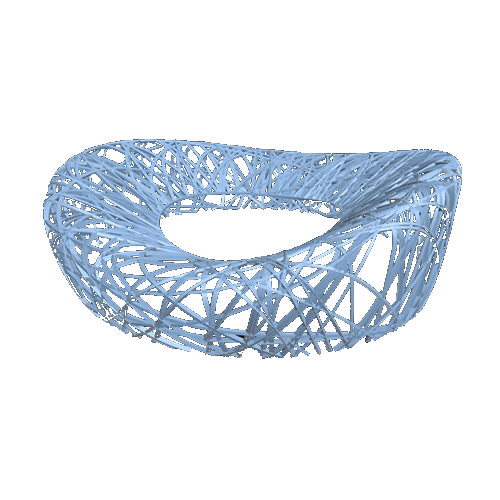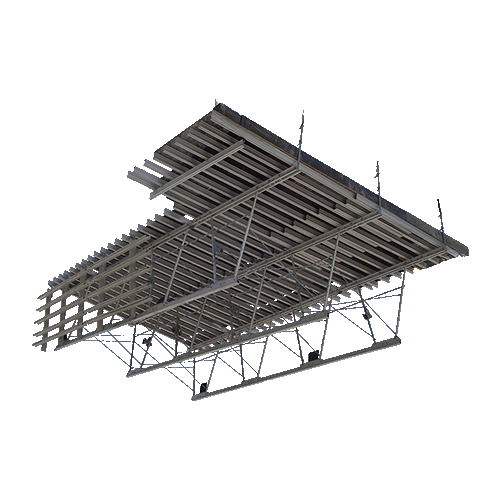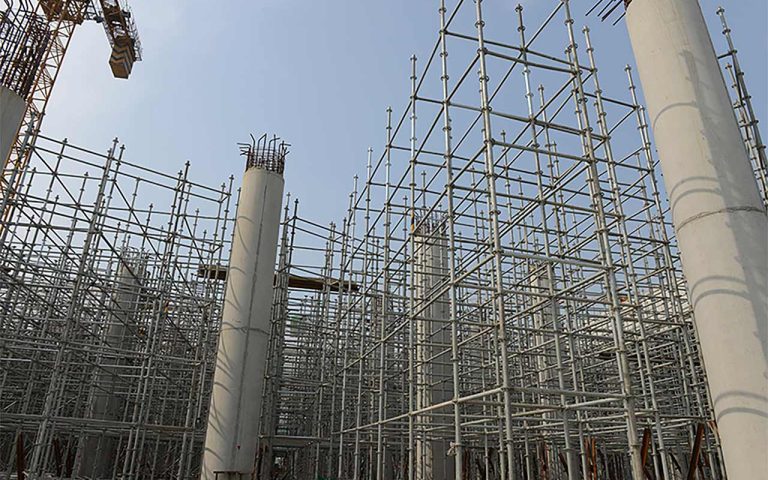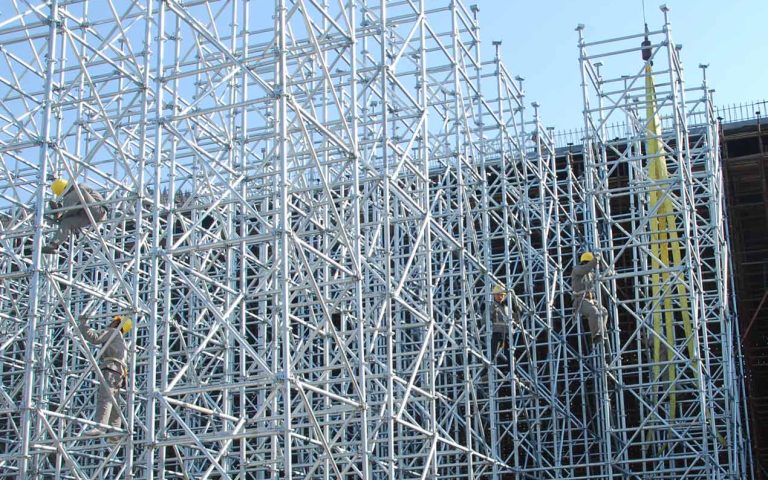The Ringlock scaffolding market is set to experience transformative growth by 2025, driven by technological advancements, increasing demand for efficient construction solutions, and the global shift towards sustainable and labour-saving practices. This analysis provides a comprehensive outlook on the market trends, opportunities, and challenges that will shape the industry in 2025.
Market Overview and Growth Drivers
1. Rising Demand for Efficient Construction Solutions
- Urbanization and Infrastructure Development: By 2025, rapid urbanization, particularly in emerging economies like India, Southeast Asia, and Africa, will fuel the demand for advanced scaffolding systems. Governments and private sectors invest heavily in infrastructure projects, including smart cities, transportation networks, and renewable energy facilities.
- Labour Shortages and Cost Pressures: The global construction industry faces labour shortages due to ageing populations and declining skilled labour. Ringlock scaffolding, with its labour-saving designand quick assembly, will become a preferred choice to mitigate these challenges.
2. Technological Advancements
- Modular and Digital Scaffolding Systems: By 2025, integrating modular designsand digital tools (e.g., IoT-enabled scaffolding for real-time monitoring) will revolutionize the industry. These innovations will enhance safety, reduce downtime, and improve project management.
- Sustainable Materials: Using eco-friendly materials, such as recycled steeland low-carbon alloys, will align with global sustainability goals, making Ringlock scaffolding more attractive to environmentally conscious contractors.
3. Safety and Regulatory Compliance
- Stricter Safety Standards: Governments worldwide are implementing stricter safety regulations for construction sites. Ringlock scaffolding’s high safety factorand compliance with international standards will drive its adoption.
- Insurance and Liability Concerns: Construction companies increasingly prioritize scaffolding systems that minimize risks, reducing insurance costs and liability issues.
Leasing vs Professional Subcontracting: Trends in 2025
Leasing Model
- Short-Term Projects: Due to its perceived cost-effectiveness, the leasing model will remain popular for small-scale or short-term projects.
- Challenges: However, the leasing model will face increasing scrutiny due to material waste, lack of technical expertise, and higher management costs. Companies relyingsolely on leasing may struggle to compete in a market that values efficiency and innovation.
Professional Subcontracting Model
- Dominance in Large-Scale Projects: By 2025, the professional subcontracting model will dominate large-scale and complex projects. Subcontractors will offer turnkey solutions, ensuring cost control, safety, and efficiency.
- Specialization and Innovation: Subcontractors will invest heavily in specialized training, advanced technologies, and customized scaffolding solutions, further solidifying their role in the industry.
Regional Market Analysis
1. Asia-Pacific (APAC)
- Growth Hub: APAC will remain the largest market for Ringlock scaffolding, driven by massive infrastructure projects in China, India, and Southeast Asia.
- Government Initiatives: Policies promoting affordable housing, smart cities, and renewable energy will boost demand.
2. North America and Europe
- Renovation and Retrofitting: In developed regions, the focus will shift towards renovating and retrofittingageing infrastructure, creating opportunities for Ringlock scaffolding.
- Sustainability Focus: The adoption of eco-friendly scaffolding systems will accelerate in these regions due to stringent environmental regulations.
3. Middle East and Africa
- Mega Projects: The Middle East will continue to invest in mega projects like NEOM (Saudi Arabia) and Expo 2025, driving demand for advanced scaffolding systems.
- Urbanization in Africa: Rapid urbanization in Africa will create new opportunities, particularly in Nigeria, Kenya, and South Africa.
Key Challenges in 2025
- Supply Chain Disruptions: The scaffolding industry may face challenges related to raw material shortages and supply chain disruptions, particularly for high-quality steel and alloys.
- High Initial Costs: While Ringlock scaffolding offers long-term savings, its higher initial cost may deter smaller contractors.
- Skill Gaps: The industry must address the growing skill gap in scaffolding installation and maintenance through training and certification programs.
Market Forecast for 2025
- Market Size: The global Ringlock scaffolding market is projected to grow at a 9-12%CAGR from 2023 to 2025.
- Adoption Rates: Professional subcontracting will account for 60-70%of the market share, driven by its efficiency and safety benefits.
- Technological Integration: Over 50%of Ringlock scaffolding systems will incorporate digital monitoring tools by 2025, enhancing safety and project management.
Strategic Recommendations for Industry Players
- Invest in R&D: Companies should focus on developing innovative, modular, and sustainable scaffolding solutionsto stay competitive.
- Expand Subcontracting Services: Scaffolding providers should offer comprehensive subcontracting services, including design, installation, and maintenance, to capture larger market shares.
- Focus on Training: Addressing the skill gap through training programsand certifications will be critical to meeting the growing demand for skilled labour.
- Leverage Digital Tools: Adopting IoT-enabled scaffolding systemsand project management software will enhance efficiency and safety, providing a competitive edge.
Conclusion
By 2025, the Ringlock scaffolding market will be shaped by technological advancements, sustainability trends, and the growing preference for professional subcontracting. While supply chain disruptions and high initial costs persist, the industry’s focus on innovation and efficiency will drive sustained growth. Companies that adapt to these trends and invest in advanced solutions will be well-positioned to thrive in this dynamic market.





